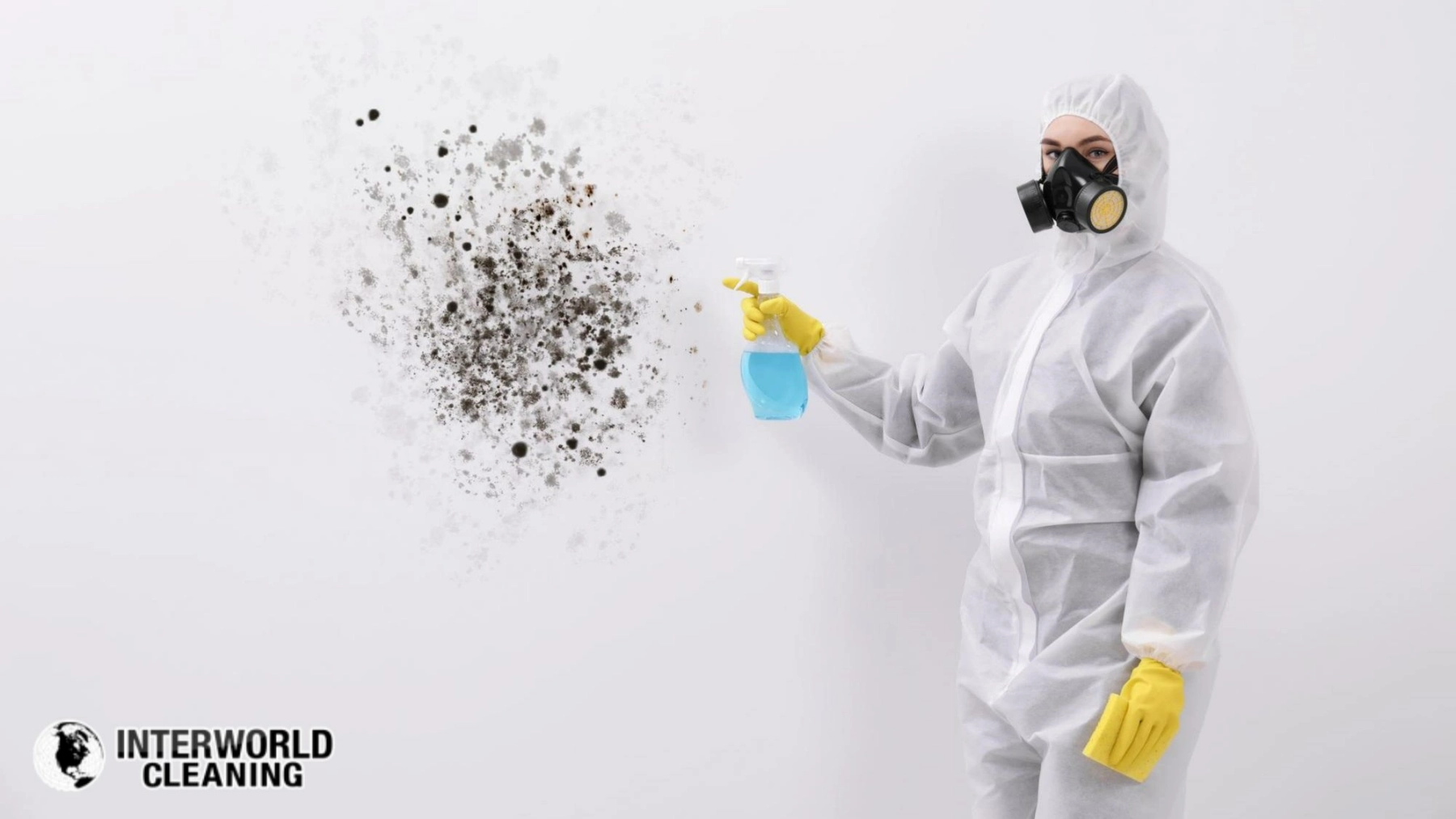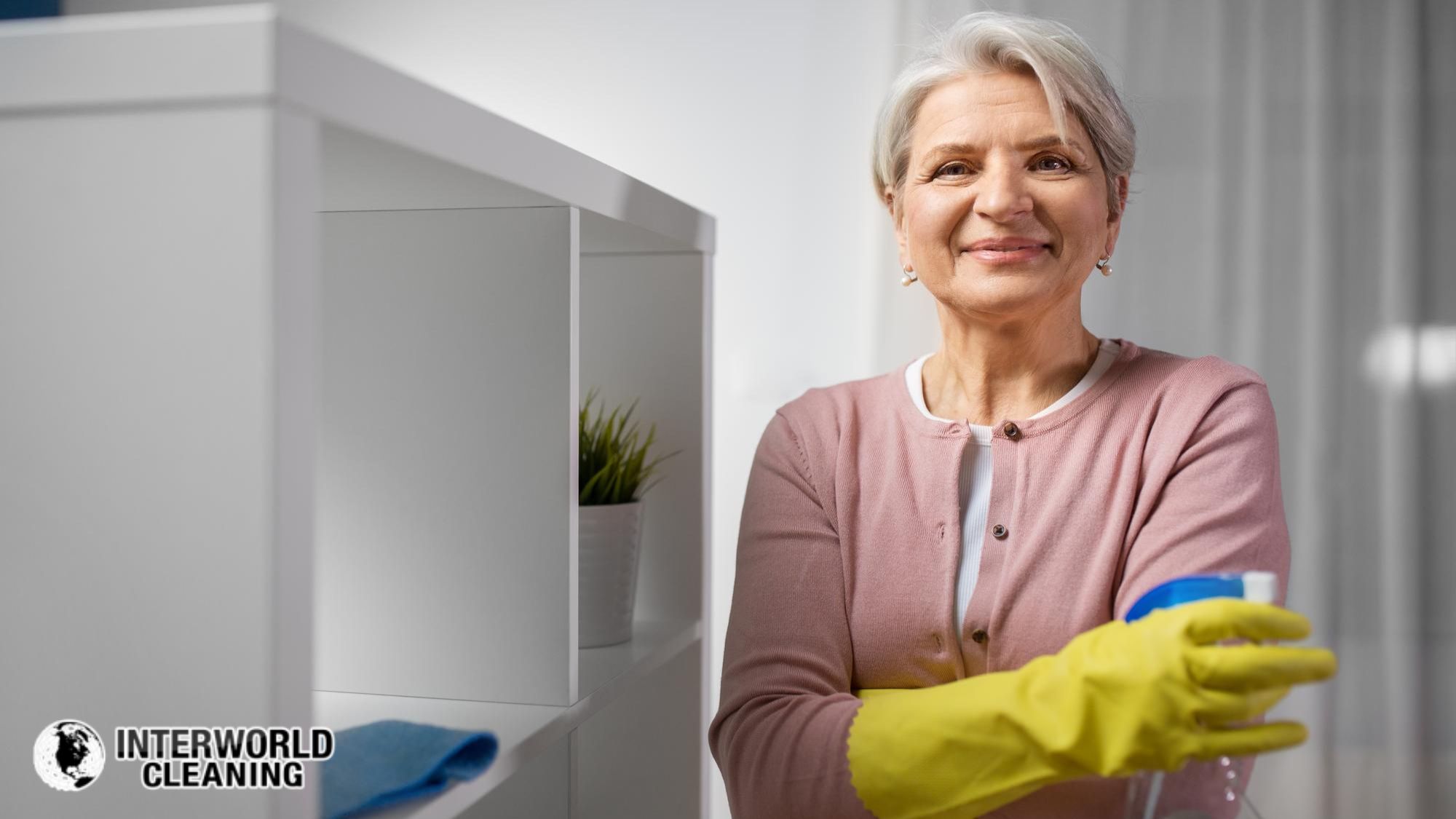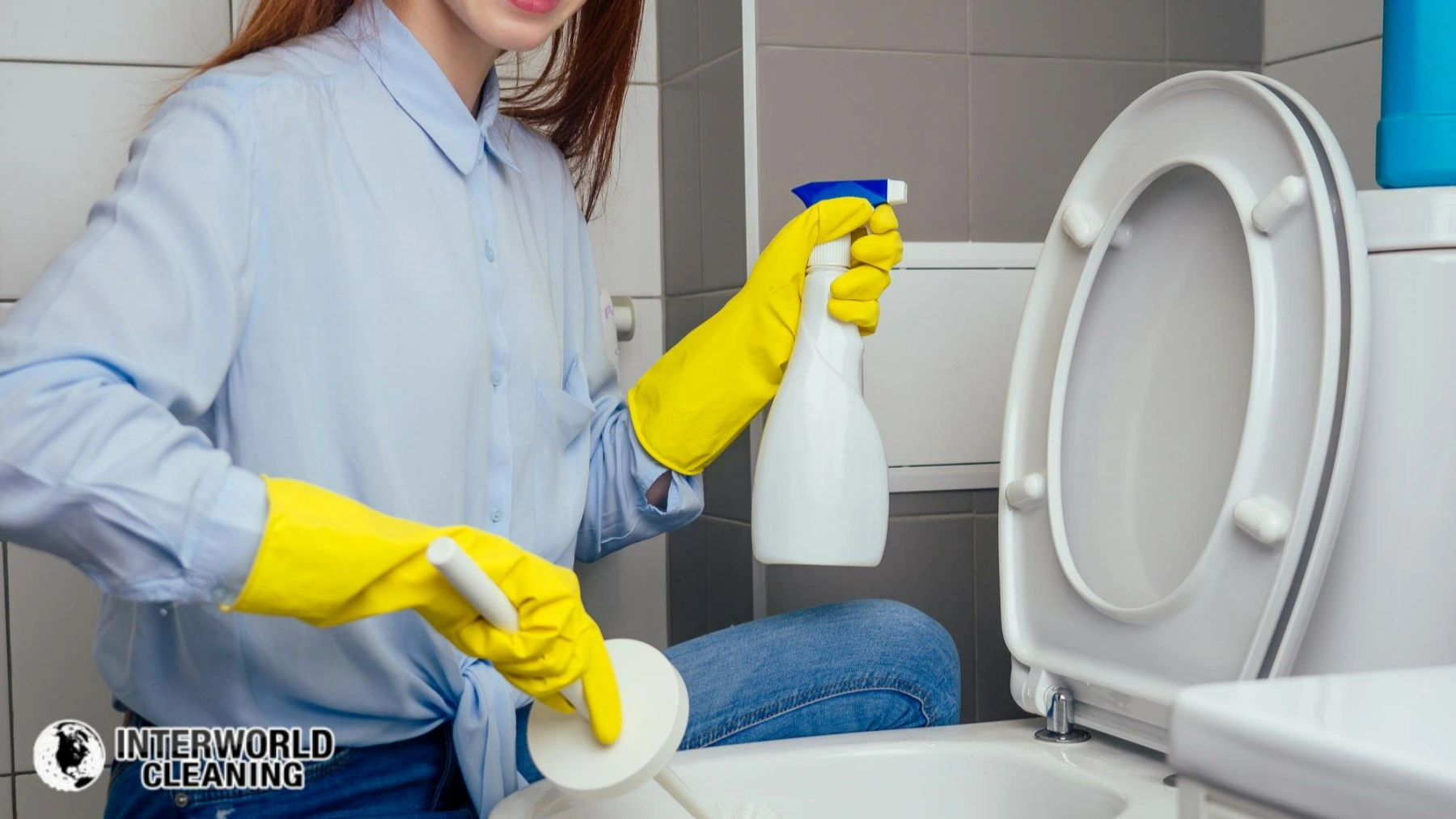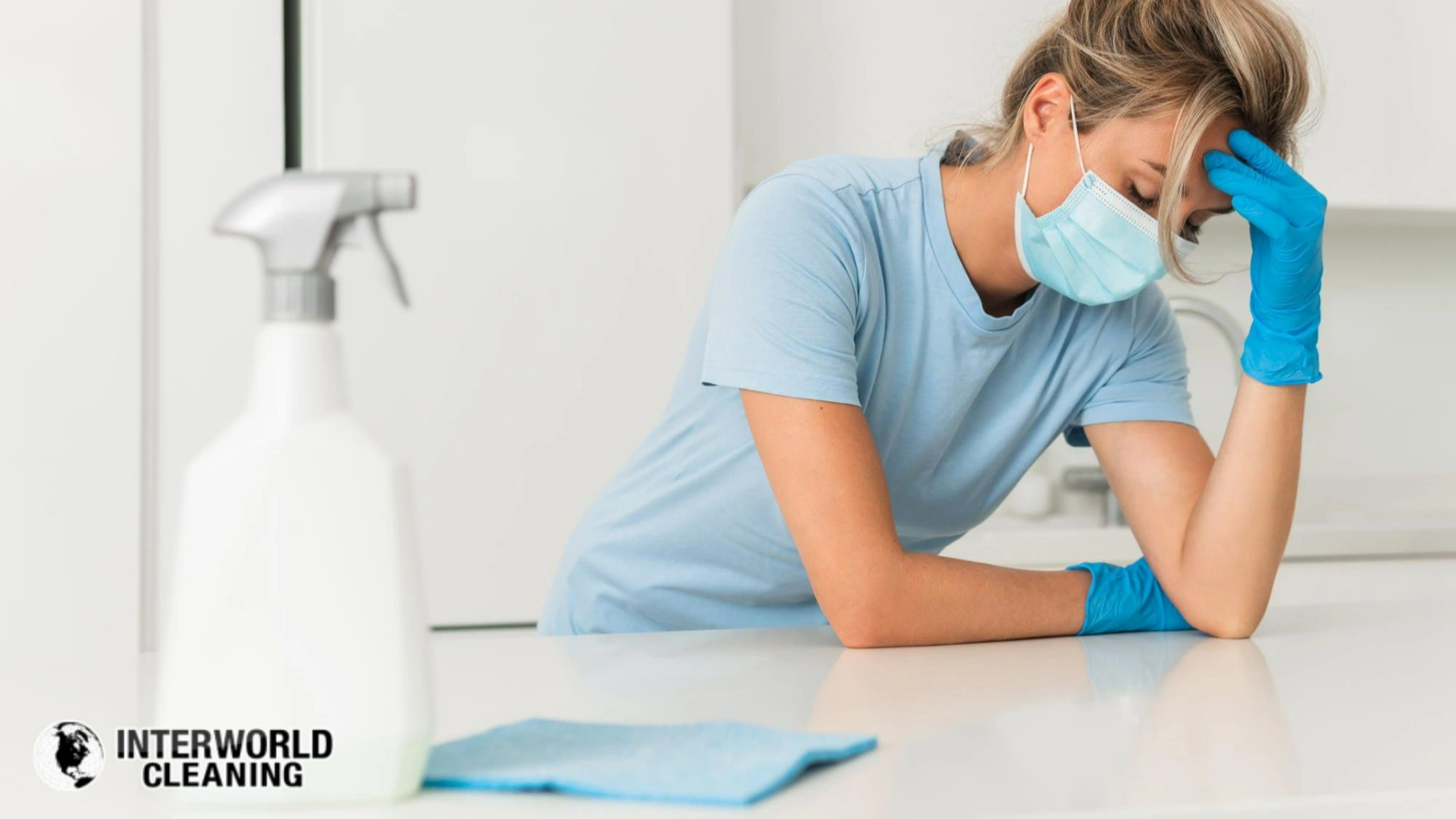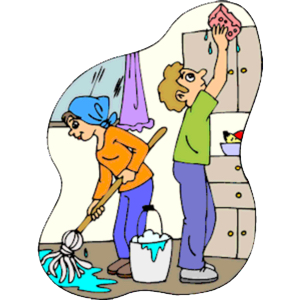
residential cleaning
What is the difference between cleaning, disinfecting, and sanitizing, and what role does each play in our daily cleaning lives?
Definitions of each are as follows:
Cleaning
“Cleaning is the process of removing unwanted substances, such as dirt, infectious agents, and other impurities, from an object or environment.”
Disinfecting
“Disinfection service is the process to clean, especially with a chemical, in order to destroy bacteria.”
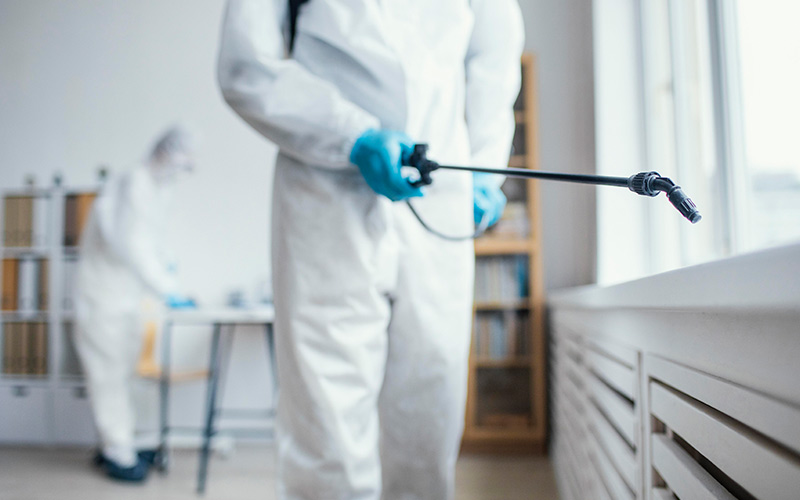
Sanitizing
“Sanitizing is the process to make clean and hygienic”.
So, within that daily hour of cleaning it is imperative to understand what tasks need to be cleaned, disinfected, and sanitized in order to be efficient with your efforts. While a simple cleaning may be sufficient for such things as living rooms and basements, where there is more of a pile of debris that needs to be put away when it comes to our kitchens and bathrooms, disinfecting and sanitizing are a must.
As you can imagine, bathrooms are filthy, due to the nature of what transpires in there, and require heavy disinfecting. There are several high-level chemicals that can be used to eliminate the germs and bacteria that breed in those spaces. However, it is essential to read all application directions as some of these chemicals are so potent that they may require gloves or a mask to avoid breathing in fumes.
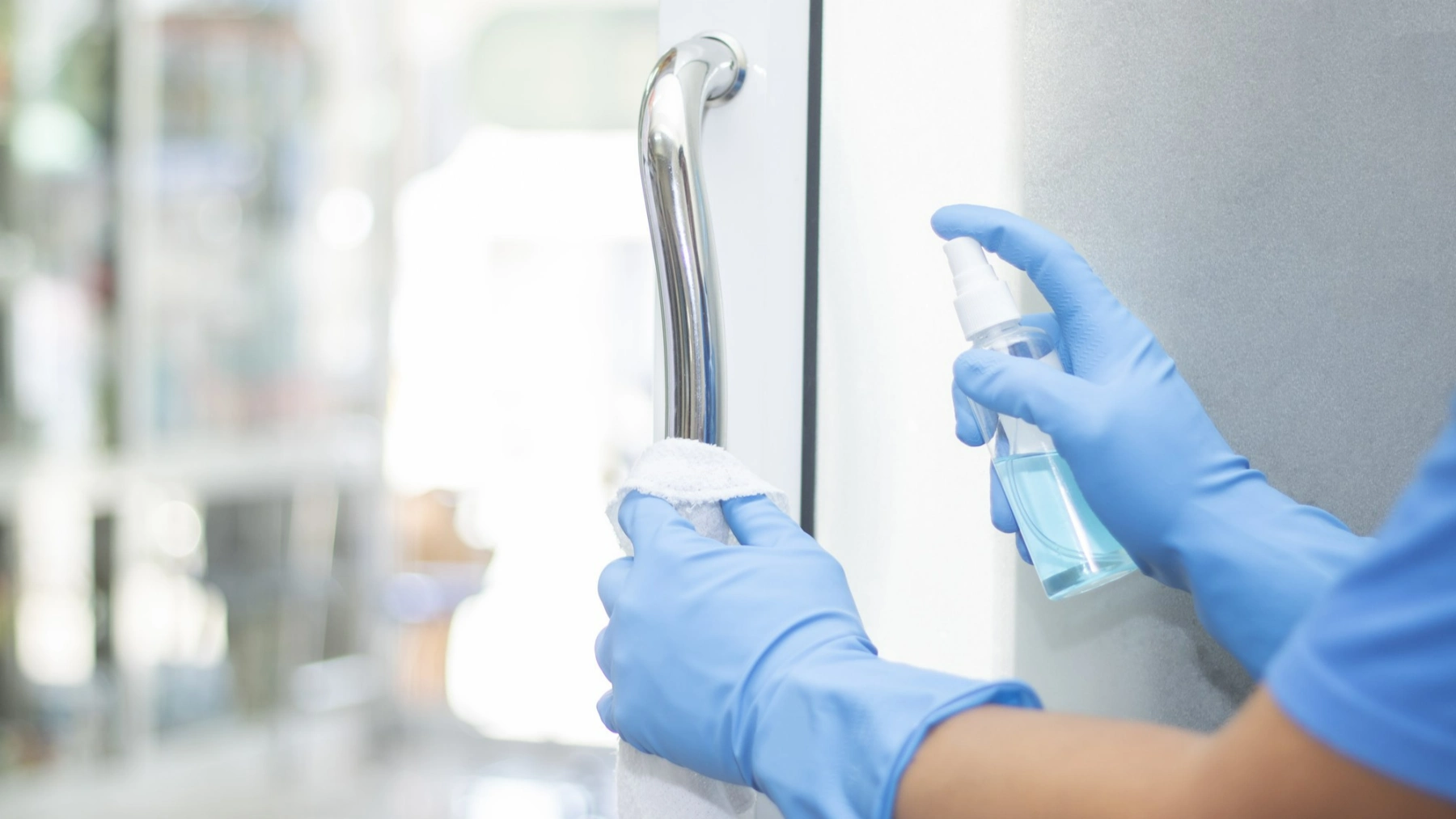
Furthermore, you should have a multitude of different colored cleaning clothes specific to a certain area to clean to avoid cross-contamination. While disinfection services are essential in the bathroom, when it comes to the kitchen, you may think that sanitizing will do the job, however, you will be surprised at the level of germs and bacteria that find their way into your kitchen; hence, kitchen cleaning is necessary for avoiding diseases. Personally, I have a method of cleaning all surfaces with a towel to remove the dirt and food crumbs, then I follow that with a wipe down utilizing disinfectant wipes which say they kill 99.9% of germs and bacteria.
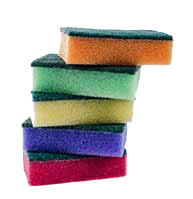
“We found 362 different species of bacteria, and locally, the density of bacteria reached up to 45 billion per square centimeter,” says Markus Egert, a microbiologist at Furtwangen University in Germany, who led the study. This number is jaw-dropping and really makes you think – the tools you use to clean are becoming the filthiest and should be cleaned and disinfected themselves.
It is recommended to either wash your sponges in the dishwasher, nuke them for a minute, or use a new one every couple of weeks. This will help prevent the spread of germs and bacteria which is the primary goal when it comes to providing a safe environment for our families. As you can see cleaning, disinfecting, and sanitizing all have very important roles in our daily lives in regard to living, breathing, and enjoying a clean environment. However, each one of those methods has specific purposes – call us the cleaning professionals to get an insight on how to be the most efficient in your daily cleanings.
We will gladly share our years of knowledge through experience with you to help you navigate your cleaning process. You can call our office or email us if you have any questions about our commercial cleaning services or discuss your specific needs.
Mastering a Cleaner, Safer Home with Cleaning, Disinfecting, and Sanitizing
Understanding the differences between cleaning, disinfecting, and sanitizing empowers you to create a safer, healthier home. Cleaning keeps spaces tidy by removing visible dirt, while disinfecting targets hidden germs in high-risk areas like bathrooms, and sanitizing ensures kitchens remain hygienic for daily use.
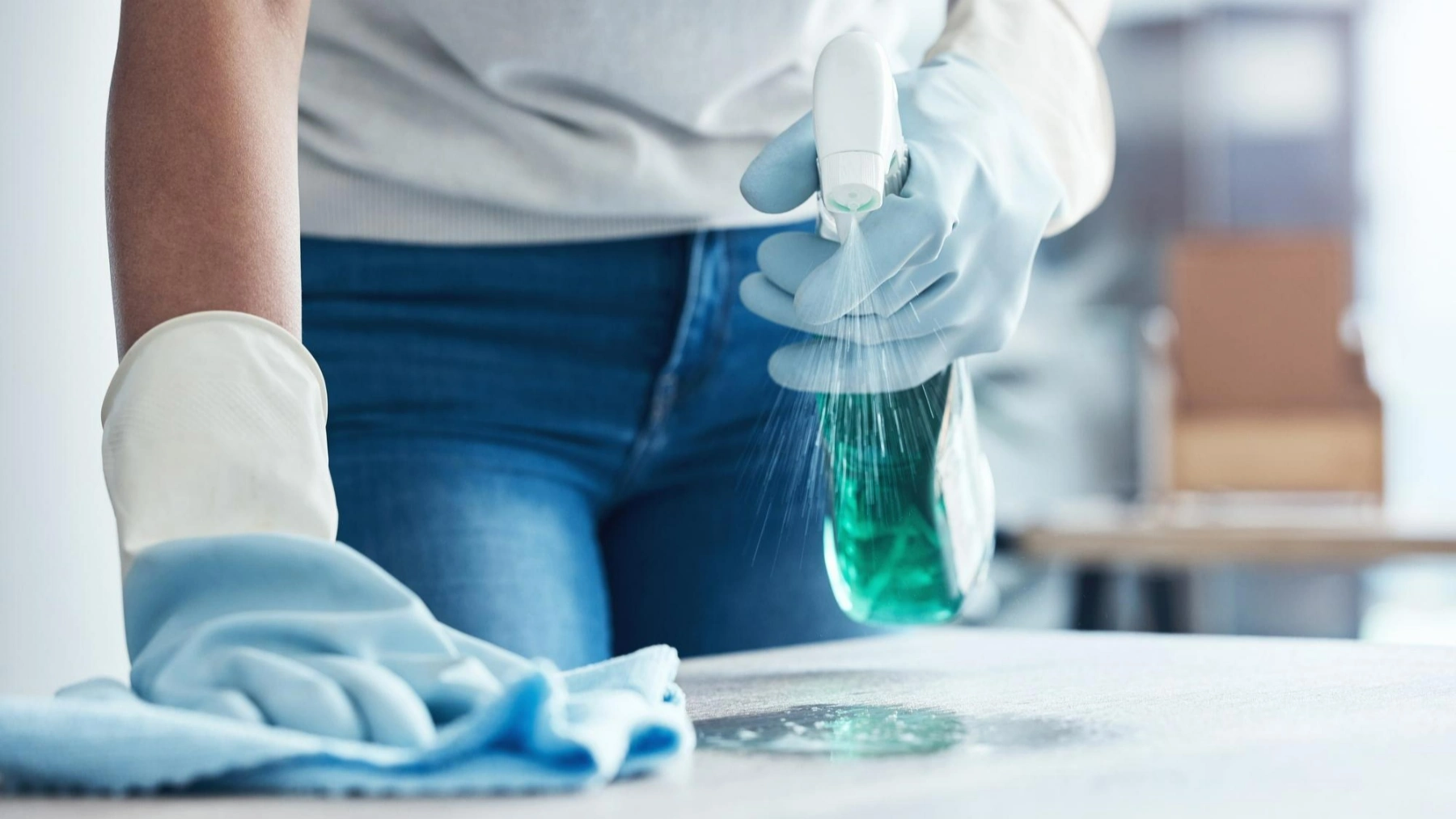
By using the right method for each task—whether it’s wiping down surfaces, tackling bacteria-laden sponges, or calling in professionals for expert advice—you can maximize efficiency and protect your family. For tougher jobs or specialized needs, our team is here to offer insights from years of experience; reach out to us for guidance on keeping your home spotless and germ-free.
Reference:
So Your Kitchen Sponge Is A Bacteria Hotbed. Here’s What To Do
https://www.npr.org/sections/thesalt/2017/09/11/548926054/can-you-really-not-clean-your-kitchen-sponge
How Much Time Does The Average Person Spend Cleaning House?
The Difference Between Cleaning, Sanitizing, and Disinfecting
https://www.cleanlink.com/cp/article/The-Difference-Between-Cleaning-Sanitizing-and-Disinfecting–14213
